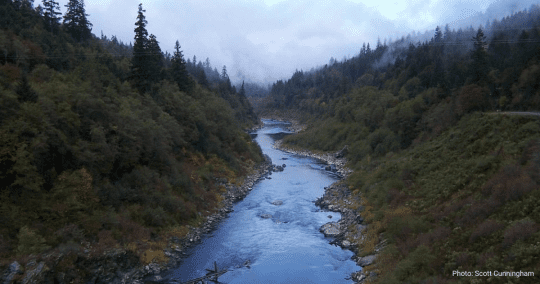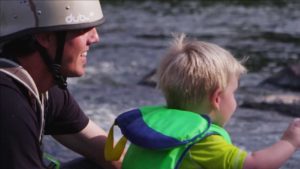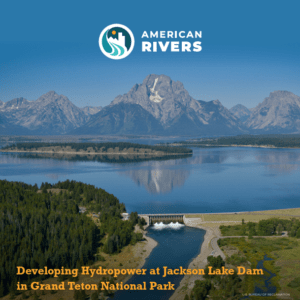Challenges in the Klamath Basin

The Klamath Basin is currently suffering from a water and fish crisis, and tensions are rising among the community. The severe drought the West is in is devastating farmland, wildlife, and fish that are deemed sacred to native tribes. This area, along the Oregon-California border, has a complex history. Drought and fights over water are not something new.
The Klamath fish, the rich soils, and other natural resources sustained the growth of farmers and settlers that began moving to the region more than 150 years ago. Despite this abundance, after years of competing natural resource interests, the ability of the region to support these various needs has reached its limit. In May 2021, the Bureau of Reclamation announced that it would not release any water for farmers or tribes or wildlife, all of whom depend on it. This is due to more than 90% of Klamath County being in “extreme drought,” according to the U.S. Drought Monitor.
In response, some activists are threatening to seize control of federal water infrastructure, while several farmers and irrigators in the Klamath River Basin are opposing such tactics. “What’s happening at the head gates now is a convoluted mix of people who want to fight for private property rights,” said Scott Seus, a third-generation farmer. Seus added that the current protests and plans to seize water illegally is “distracting from the plight of farmers who are worried they will go under next year if they don’t receive water deliveries.”
Lower on the Klamath River, below the dams, fish are also suffering greatly from a parasitic infection called Ceratonova shasta. Research indicates that the potential for infection is enhanced when water temperatures are high and water flow is low. Normally, the river would receive “flushing” flows to rid the river of parasites. But that is not happening this year. According to the Yurok tribe’s vice chairman, Frankie Myers, “right now, the Klamath River is full of dead and dying fish on the Yurok Reservation. This disease will kill most of the baby salmon in the Klamath, which will impact fish runs for many years to come.”
With so many competing interests and such a finite resource, the question of who gets access to the water of the Klamath Basin has been and will continue to be a source of contention.
Without a doubt, innovative and bold solutions are needed to address our natural resource challenges. Finding nature-based solutions to get more pop out of every drop is one way. For example, CalTrout is working with farmers in the Central Valley to help revitalize the fish population while not detracting from the farmers’ needs. Another bold solution, that will address the fish health crisis and restore the Klamath Basin, is removing the lower Klamath Basin dams that have aged poorly; specifically dams Copco #1, Copco #2, Iron Gate, and JC Boyle. These dams block access to native fish species’ historical cold-water habitat. Once removed in 2023, we will see the natural ecosystem and fish populations flourish once again and the water quality improve.
_________________________________________________________
Read more about the Klamath water war and its history in a recent NY Times article, “Amid Historic Drought, a New Water War in the West.”
Learn about CalTrout’s work to remove the four dams on the Klamath River.
The post Challenges in the Klamath Basin appeared first on California Trout.


